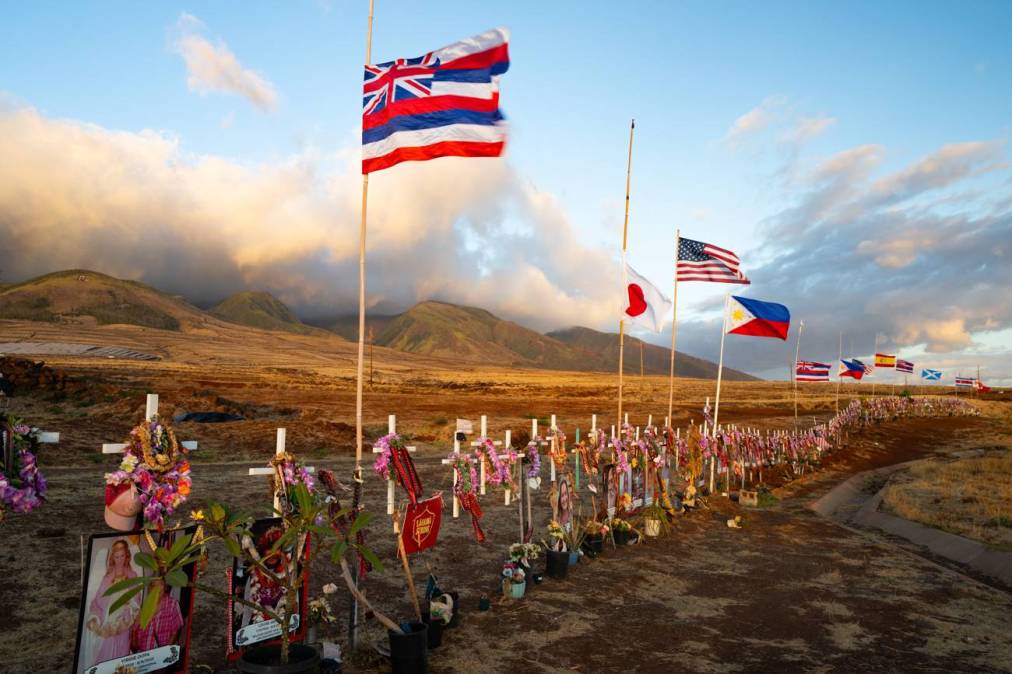County leaders push for FEMA Act to streamline disaster recovery

County officials from across the country gathered in Washington, D.C., this week to urge Congress to pass the FEMA Act, legislation aimed at improving how federal, state and local governments respond to disasters by simplifying assistance for survivors, speeding up infrastructure repairs and increasing transparency with the Federal Emergency Management Agency.
Nearly two dozen county leaders from 15 states, as part of the National Association of Counties’ Intergovernmental Disaster Reform Task Force, held meetings on Capitol Hill to advocate for the bill, which passed the House Transportation and Infrastructure Committee in September.
“When disasters strike, county emergency responders are first on the scene, and long after, counties take the lead on rebuilding our communities,” NACo Executive Director Matthew Chase said in a statement. “This robust role depends on an effective intergovernmental partnership, and the FEMA Act includes a range of county priorities that will improve our ability to serve and support our residents in their greatest time of need.”
Key provisions of the bill include establishing a universal disaster application that reduces paperwork and delays, and creating a website to track project approvals and payments. The legislation also reforms FEMA’s Public Assistance program to allow faster, grant-based funding. The legislation also offers coverage for loan interest incurred by local governments responding to disasters.
Cynthia Lee Sheng, president of Jefferson Parish, Louisiana, and co-chair of NACo’s task force, said counties helped shape many of the bill’s reforms. “We’re here to make sure lawmakers understand how these changes will work in real life — to cut red tape and get help to communities faster,” she said.
“We’re here to make sure every last question lawmakers have about this bill is answered,” Jefferson Parish, Louisiana, President Cynthia Lee Sheng, who co-chairs the task force, said of the fly-in. “From a universal disaster application to reforming FEMA’s Public Assistance Program, county leaders can speak to the impact these reforms will have on the ground.”
According to the National Centers for Environmental Information, more than a third of counties experienced at least one federally declared disaster in 2023, a year that included the deadly Lahaina wildfires and Hurricane Helene, two events that caused a combined $182.7 billion in damages.





